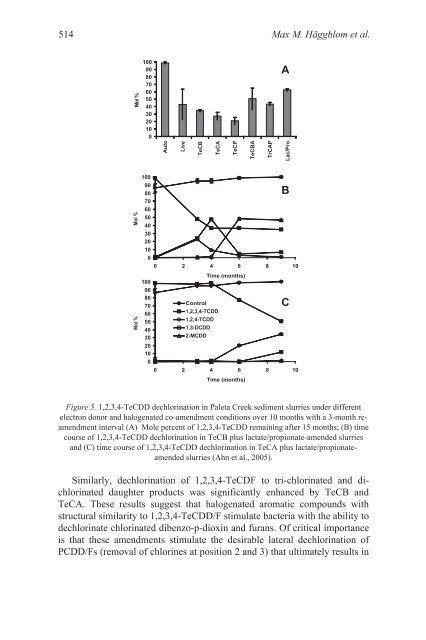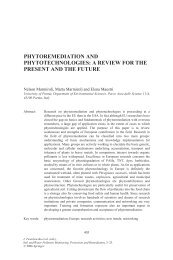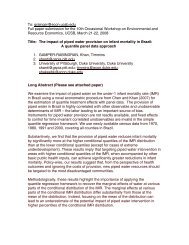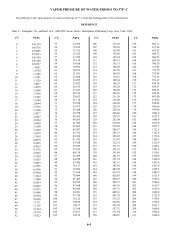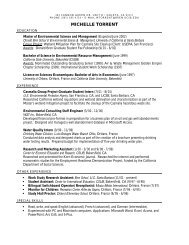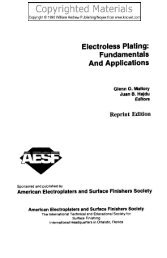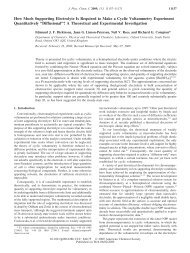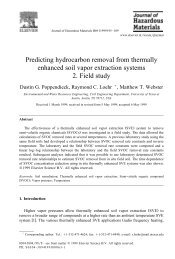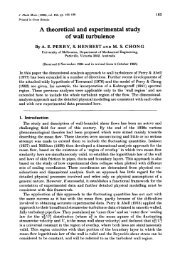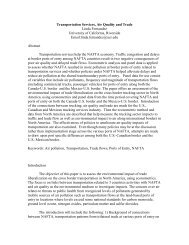anaerobic dehalogenation of halogenated organic compounds
anaerobic dehalogenation of halogenated organic compounds
anaerobic dehalogenation of halogenated organic compounds
You also want an ePaper? Increase the reach of your titles
YUMPU automatically turns print PDFs into web optimized ePapers that Google loves.
Mol %<br />
Mol %<br />
Auto<br />
Live<br />
TeCB<br />
TeCA<br />
TeCP<br />
TeCBA<br />
TrCAP<br />
Lac/Pro<br />
Mol %<br />
514 Max M. Häggblom et al.<br />
100<br />
90<br />
80<br />
70<br />
60<br />
50<br />
40<br />
30<br />
20<br />
10<br />
0<br />
A<br />
100<br />
90<br />
80<br />
70<br />
60<br />
50<br />
40<br />
30<br />
20<br />
10<br />
0<br />
100<br />
90<br />
80<br />
70<br />
60<br />
50<br />
40<br />
30<br />
20<br />
10<br />
0<br />
B<br />
0 2 4 6 8 10<br />
Control<br />
1,2,3,4-TCDD<br />
1,2,4-TCDD<br />
1,3-DCDD<br />
2-MCDD<br />
Time (months)<br />
C<br />
0 2 4 6 8 10<br />
Time (months)<br />
Figure 5. 1,2,3,4-TeCDD dechlorination in Paleta Creek sediment slurries under different<br />
electron donor and <strong>halogenated</strong> co-amendment conditions over 10 months with a 3-month reamendment<br />
interval (A) Mole percent <strong>of</strong> 1,2,3,4-TeCDD remaining after 15 months; (B) time<br />
course <strong>of</strong> 1,2,3,4-TeCDD dechlorination in TeCB plus lactate/propionate-amended slurries<br />
and (C) time course <strong>of</strong> 1,2,3,4-TeCDD dechlorination in TeCA plus lactate/propionateamended<br />
slurries (Ahn et al., 2005).<br />
Similarly, dechlorination <strong>of</strong> 1,2,3,4-TeCDF to tri-chlorinated and dichlorinated<br />
daughter products was significantly enhanced by TeCB and<br />
TeCA. These results suggest that <strong>halogenated</strong> aromatic <strong>compounds</strong> with<br />
structural similarity to 1,2,3,4-TeCDD/F stimulate bacteria with the ability to<br />
dechlorinate chlorinated dibenzo-p-dioxin and furans. Of critical importance<br />
is that these amendments stimulate the desirable lateral dechlorination <strong>of</strong><br />
PCDD/Fs (removal <strong>of</strong> chlorines at position 2 and 3) that ultimately results in


